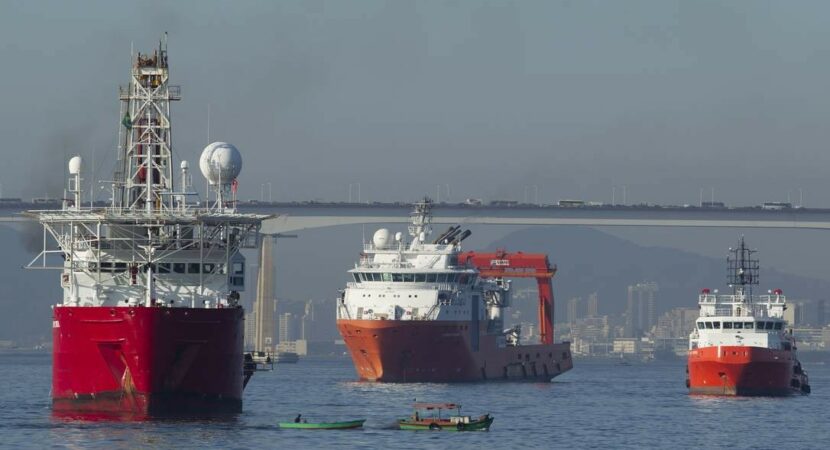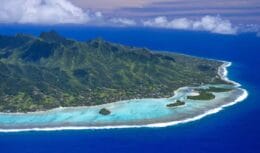
The use of this new technology in the Port of Rio de Janeiro will bring more safety and dynamism to navigation operations in Guanabara Bay
Rio de Janeiro, January 17, 2020 – During the meeting of the Working Group (GT) responsible for studies to improve waterway access to the Port of Rio de Janeiro, held on Wednesday (15) at the headquarters of Companhia Docas do Rio de Janeiro (CDRJ), the company Argonáutica presented a report on the evaluation runs of the ReDRAFT® software, carried out for the future implementation of the dynamic draft.
You might like
- Equinor's Peregrino C platform is installed in Brazil and is expected to generate 350 jobs offshore and onshore
- Job openings to work in Macaé at the oil industry giant Halliburton, this 17th
- Job vacancies in the civil construction sector were announced for projects and works in Bahia
For the necessary feasibility tests and measurements in the maneuvers, 20 runs were carried out on container ships of different sizes, with entry and exit routes from the Ports of Rio de Janeiro and Santos, under different conditions. The analyzes indicate an average gain estimate of at least half a meter over the maximum draft of 14,6 meters.
The use of this technology brings agility in the use of the navigation channel in the Guanabara Bay, more navigation safety, in addition to economic benefits, as it allows optimizing the loading capacity on ships, reducing the stay of vessels in the port and maximizing the operation in the channel. from the increment of input and output windows.
According to the manager of the Vessel Traffic Management and Information System (VTMIS) at the Port of Rio de Janeiro, Marcelo Villas-Bôas, the races were the first step, but for the implementation of the system, “we still lack definitions regarding the software to be used in calculating the clearance under the keel and operating windows, as well as for monitoring bathymetric data (tidal and sedimentological studies) and environmental data (sea level, waves, winds and sea currents)”.
Also at the meeting, the WG – made up of representatives from the CDRJ, the Brazilian Navy (MB), the Pilotage and the container terminals – addressed the progress of the nautical signaling projects for the Cotunduba Channel, which are expected to be operational in the 1st half of 2020; and the modernization and reactivation of tide and oceanographic stations, in partnership with MB, necessary for the implementation of VTMIS. Studies were also started on receiving 366-meter ships at container terminals and on improving the navigability of the São Cristóvão Channel.
Learn more about Dynamic Draft
Systems such as ReDRAFT® analyze how the various environmental factors affect the dynamic behavior of each vessel, calculating the maximum operational draft in each maneuver. The implementation of this system will ensure that vessels, even under adverse meteorological and oceanographic conditions, will maintain a safe distance between the ship's keel and the bottom of the navigation channel.
A series of variables are considered, such as: type of ship, speed, tides, winds, currents, waves, salinity, sinking due to speed in restricted waters (“squat effect”) and the trajectory of the vessel in the channel. All this information, plus bathymetry data and channel characteristics, are processed in real time, generating a result that shows the maximum draft in each situation, considering the vertical displacement of the ship in motion, without compromising navigation safety. This monitoring facilitates decision-making regarding the entry and exit of ships.














Air Force F-16 fighters…
True friend, what they shot down were…
Air Force F-16 fighters…
I would like to know what planet you live on…
Air Force F-16 fighters…
Which genocide are you talking about? Than…
Air Force F-16 fighters…
Everything is fine, 100-year secrecy,…
Air Force F-16 fighters…
Well... It's flying scrap... Typical...
I'm 43 years old, I'm a carpenter, I have a lot of...
I already had a 1.8 road from 2010…
What language is spoken? It could be English...
Hello! My name is Morgana and I live in…
I am an Agricultural Technician with 17 years of…
Good evening!!! I am a professional cook of traditional cuisine…
I'm interested
Another one that is part of the donkey,…